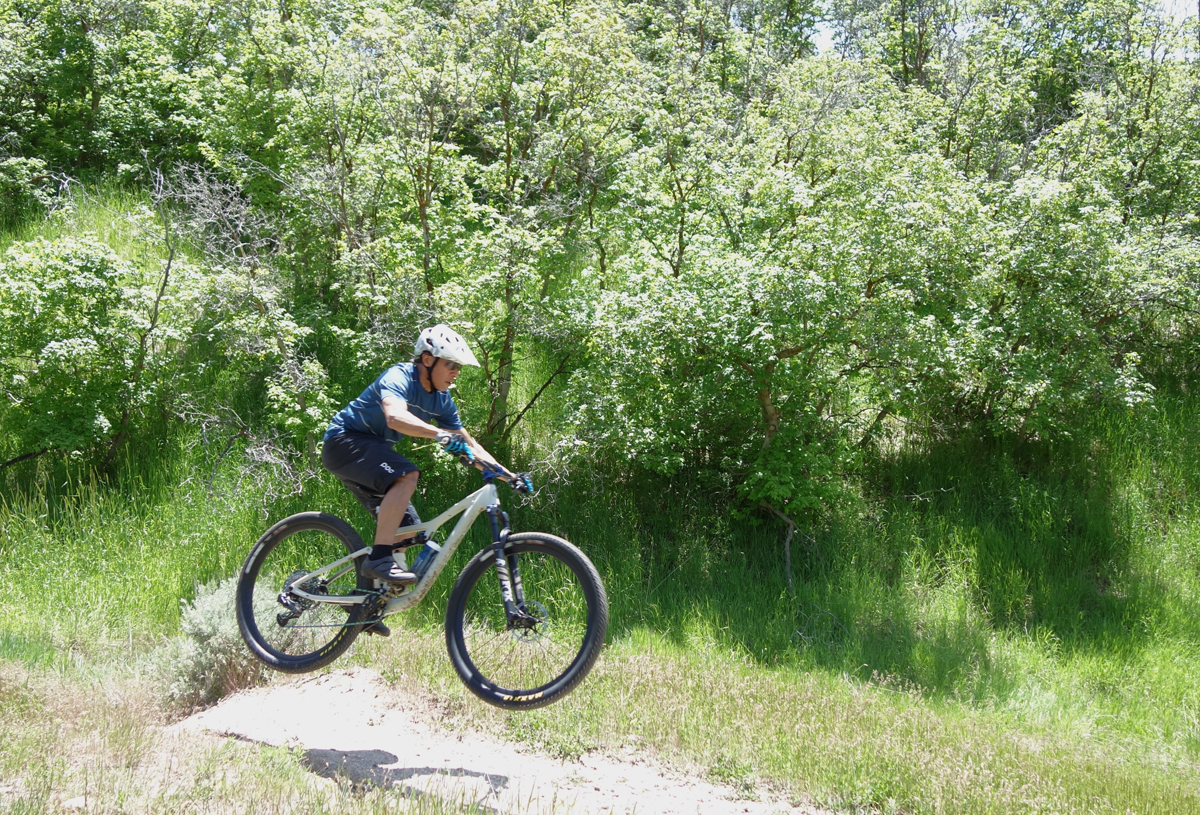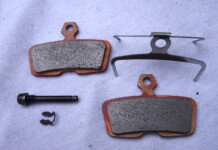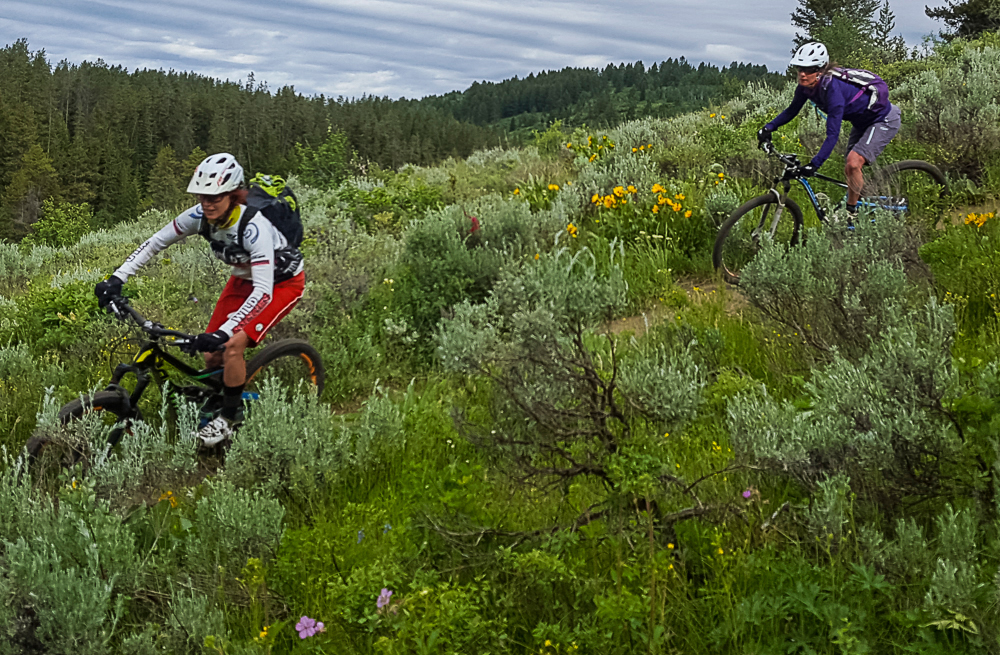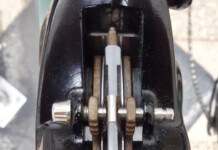By Tom Jow — One of the things I like most about having the bike experience I do is helping friends with their questions. Recently a couple friends have asked about what new bike they should purchase. During the interview process, I discovered that each of them like the uphills as much as the downhill. They are ok with moderately rocky terrain but drops and jumps were something avoided. Smooth, fast flow trails got a thumbs up!
Normally I would recommend a 120- or 130-mm “trail” bike. A good mid-travel bike that climbs well and will be more than capable on the downhills. Now, however, I’m not so sure.

A few years ago, I read a comparison test of what they called “downcountry” bikes. Strange, I thought, because many of the bikes were clearly elite level cross-country race bikes. While the race bikes were equipped with just 100 mm travel front and rear, some of the other test bikes had up to 120 mm travel front and rear. At first, I wondered why it wasn’t titled as a test for “race” bikes. It took me a minute to figure out that a downcountry bike is one that rides up like a cross-country bike but has a little more “down” built into it.
If you have watched a XC World Cup race lately you will have seen that all the race bikes need to have a little more down built into them. The World Cup courses are now defined by not only steep climbs, but also technical descents and jumps. Steep narrow, rock gardens, drops and gap jumps are the norm. The modern cross-country race bike can now do it all. What makes these bikes worthy of a racer and non-racer as well?
The bikes are lightweight. One top of the line race bike I read about weighs twenty-four pounds. The base model of the same bike weighs in at twenty-seven and a half pounds. That is four pounds lighter than my 140 mm “trail” bike and two pounds lighter than the same company’s 120 mm “trail” bike. What makes the bike so much lighter? A noticeably lightweight carbon fiber frame. The fork, with its shorter travel, is up to a half pound less. The wheels, designed as much for up as down are also a half pound lighter. Other parts such as the handlebar, stem, etc. will also be lighter. While this is not a bike to jump off small cliffs, they are capable of something more than a sidewalk curb.
The bikes are also designed for pedaling. The seat tube angle tends to be less steep for a more powerful position over the pedals in a greater variety of terrain. Angles in the 74-to-75 degree range rather than the steeper 76-to-77 degrees on longer travel bikes. In addition, the suspension is more efficient (read: stiffer?). Due to the nature of shorter travel, the suspension does need to be stiffer to support the rider. Also, the fork and shock will have a lever to lockout the shock to reduce or eliminate any energy absorbing motion. Lockout aside, the frames and suspension systems are designed to (and do) pedal well in the open (downhill) mode.
What really makes the modern cross-country bike better than before is the incorporation of downhill design elements of longer travel bikes. These elements are head tube angle, reach and stem length. A “slack” head tube angle is one reason downhill bikes excel in steep terrain. While on flat or uphill the slack head tube angle feels unstable, on steep downhills it begins to feel just right. Cross-country head tube angles, historically between 68 and 70 degrees, felt just right on everything from steep uphills to slight downhills. As the downhill steepness increased, so did a feeling of instability. By using a slacker head tube angle such as 67, or even 66 degrees, the downhill capability of the cross-country bike is greatly increased. The bikes also have a longer reach. Measured from the bottom bracket to the head tube, a longer reach moves the front wheel further out in front of the rider. To complement these changes in frame design, the stem length for ideal handling is now four to six centimeters. Combined, these factors do a couple of things. First, the bike is more stable at higher speeds, in steep descents and in the air. Second, the combination of a shorter stem and longer reach reduces the feeling of being “over” the front wheel on steep descents. Together these factors add up to increased rider confidence and control.
When deciding on what bike to recommend (or purchase) it is important to match it to the intended use of the rider. For my friends, it would seem like a 120 mm trail bike would be the perfect match. Personally, I felt like they are a little heavy for the way my friends ride. Previously however, lighter weight cross-country bikes seemed to be too specialized a tool with their long, low stems and racy handling. The current crop of cross-country bikes are much different. With a slightly more upright position, a calmer handling demeanor, and increased downhill capability the bikes are now well suited for a much wider range of riders. As for my friends, they followed my recommendation for cross-country bikes. Both responded with beaming praise. So positive they were, that I had to get one of my own.
Got a bike question? Email Tom at [email protected]












